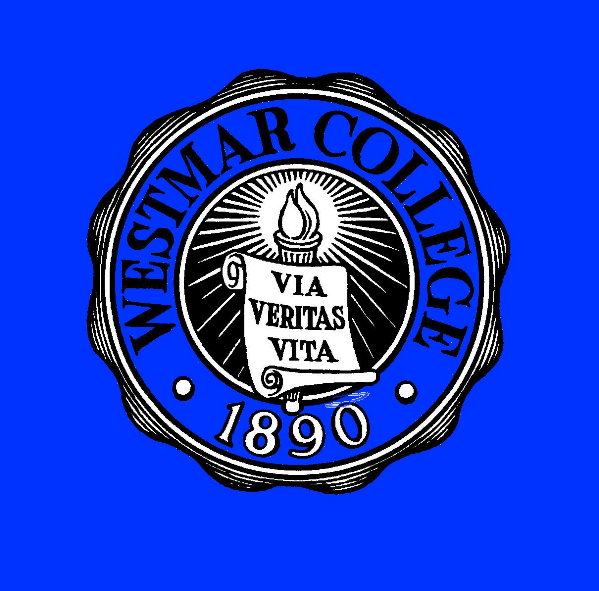The citizens of Le Mars
were not slow in responding. A mass meeting at the Opera House
was called for the same evening of the fire. There was an
unusually good crowd considering that the primary purpose was to raise
money. Pledges were called for that evening, and within a few
minutes $2,500 were guaranteed. However, the remainder of the
money was not easy to secure, and until the total amount was pledged no
action could be taken. On September 22 the pledges were still
short by $900. The Le Mars city council was convinced to
appropriate $750 for the purpose of removing the remaining walls of the
burned building and clearing up the debris. The remaining $150
was then quickly raised.
Meanwhile, the board of Trustees of the college ordered
the school to be opened in temporary quarters. These quarters
were in the Senate Hotel of downtown Le Mars and on Wednesday,
September 19, the institution was formally opened.
Notwithstanding the serious difficulties, the attendance at the opening
year was very satisfactory. There were over 100 students enrolled
from Iowa, Illinois, Wisconsin, Minnesota, Nebraska, Kansas, and
Colorado.
The new college building was dedicated on September 18,
1901, by Bishop W. M. Standford of Harrisburg, Pennsylvania. The
second year of Western Union College was opened in the new building the
following day. The students for the fall term found a
well-equipped building surrounded by small pines. For
dormitories, they used homes of the Le Mars community, and for an
athletic field they used the handiest pasture. Western Union
College was safely launched.
Western Union College was co-educational from the
beginning. A devotional service was conducted each morning in the
chapel, which all students were required to attend. It was also
expected that every student would attend religious services on Sunday
in one of the city churches. Candidates for admission had to be
at least fifteen years of age, and they had to furnish evidence of good
moral character. Western Union was incorporated under the laws of
Iowa; therefore, the college was officially entitled to grant degrees
in all departments of the school.
Students were advised to take the rooms and
accommodations recommended by the college authorities. Room and
board could be acquired for approximately $3 per week.
When Western Union College opened its doors it did not
have a student's home until Union Hall was opened on January 5,
1904. The building consisted of three stories containing well
arranged and lighted rooms where the students lived. Each room
was furnished with an iron bedstead and bed clothing, a study table
with a four-shelf book case, a washstand with basin and pitcher, and a
room clothes closet. The building, furthermore, contained proper
lavatories, bath tub and water closets, connected with the city
sewer. It had a large and spacious parlor, and a room dining hall
which readily accommodated fifty students at a time for meals.
The management of Union Hall was under a superintendent
who lived in the building with his family. Union Hall was
located on the west end of the college campus which provided an
excellent view of the surrounding country. The second floor of
the building provided living quarters for the girls and the third floor
was occupied by the boys.
|
|


